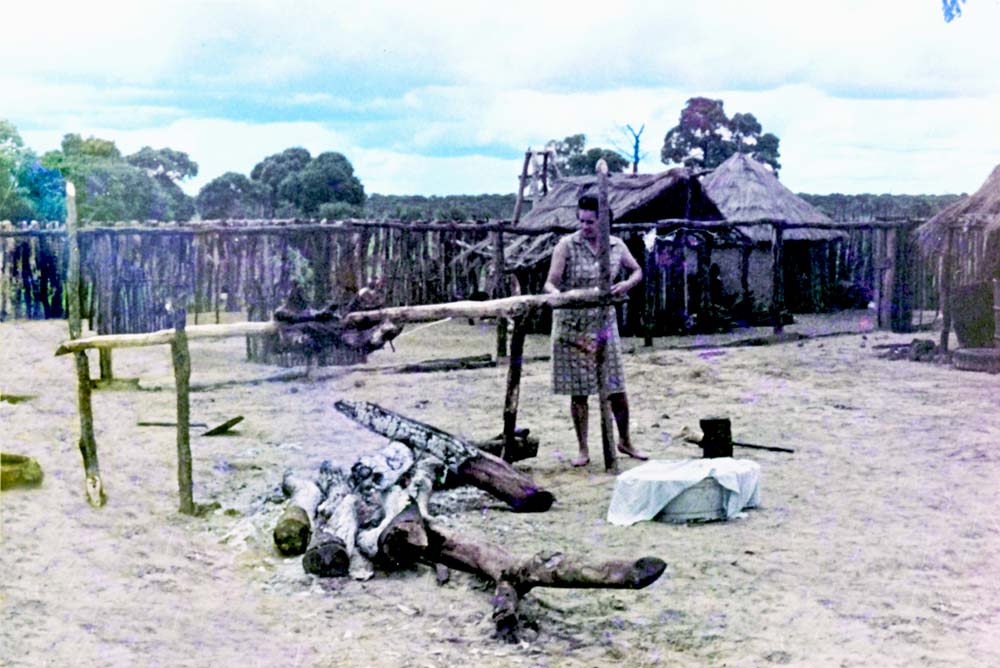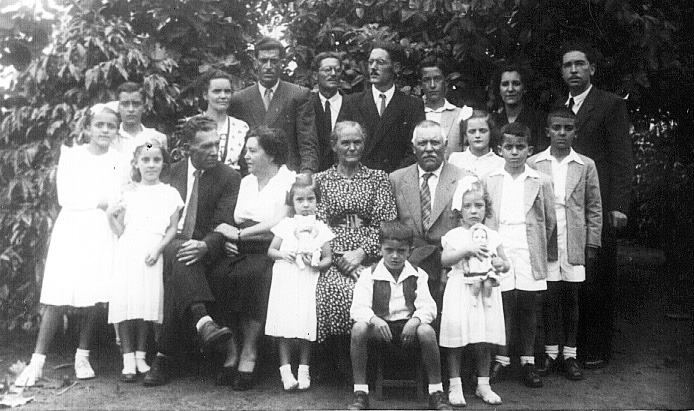

Horses where not used in Angola in the earlier days of colonization, probably because of the harsh conditions and diseases. Oxen called boi cavalo where the preferred mean of transportation for long distances. Rita would normally traveled to Bela Vista on a tipoia, a sort of a liter carried by two men. Tipoias were very popular means of transportation in the earlier years of the colonization.
In those days hospitals and doctors were only available in the main centers and the medical resources very basic. A family would have to be self sufficient. For medicine, António and Rita would use native herbs (Brututo one that I still remember), kerosene and criolina (sort of Detol).
Quinine had not been discovered and malaria was one of the diseases that no one could escape in Africa. Another terrible disease was called "black water", now known as bilargiose. Bilargiose was caused by a particular type of snail living in the rivers, mainly the smaller rivers and creeks. Once this disease was declared very few people would survive.
Chimbondo was good for the Costa's and the crops were plentiful. With such fertile land and mild climate all year round, two crops per year were possible, specially when the weather was kind. The area harvested grew and António and his family started enjoying a better and more prosperous life.
Few years later Antonio and Rita decided to visit Lubango to see the family. They traveled on a carroça, a four wheel oxen drawn cart. During the journey they faced the same difficulties as they experienced before, although this time they already knew the way and more or less could anticipate and even avoid most of the obstacles.

Cooking an antelop on the spit

Antonio and Rita, 3 sons 2 daughters and respective in-laws and grand children